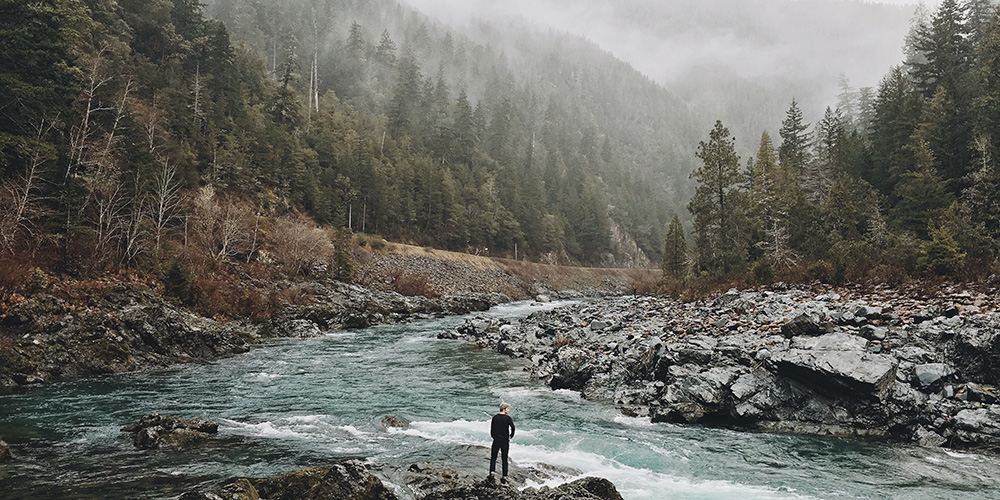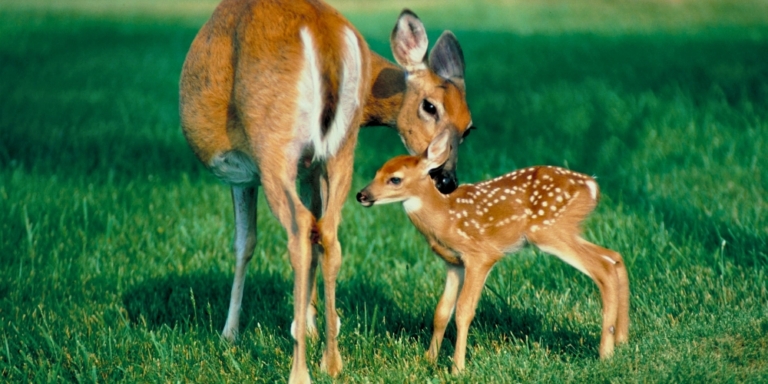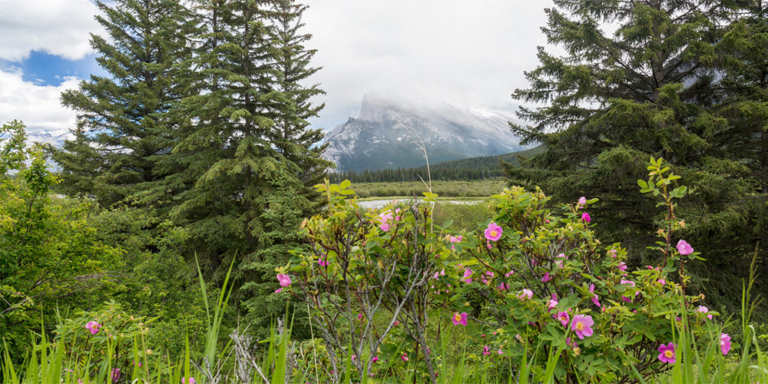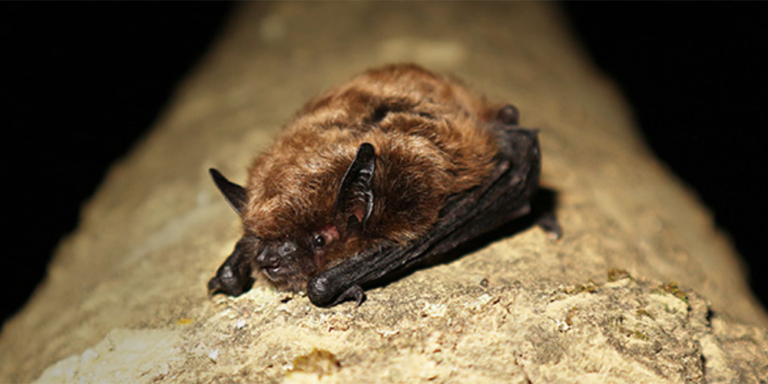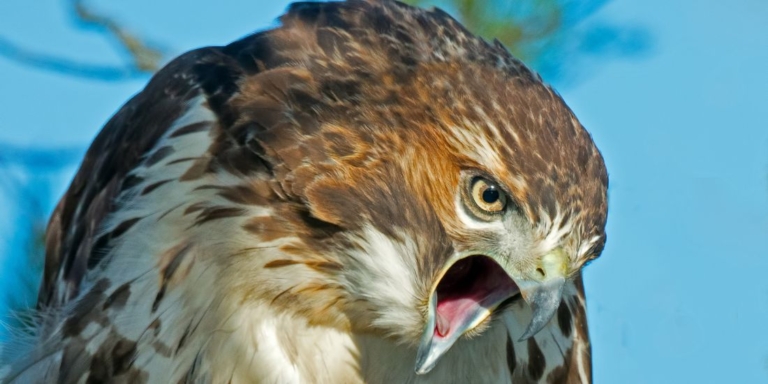It sounds like nostalgia.
You know, that old guy telling you, “I remember when this river was teeming with fish!”
But that old guy is right because freshwater fish numbers have dropped drastically worldwide over the last 50 years, and the trend is accelerating.
Not only are fish population numbers down, but fish stocks are so low that almost a quarter of the world’s freshwater fish are teetering on the edge of extinction.
In a recent study, the International Union for Conservation of Nature (IUCN) assessed 14,898 fish species. It concluded that 3,086 could vanish unless humans take drastic action to reduce carbon pollution in the atmosphere. We must also do a better job at managing commercial and recreational fishing, plus protecting fish habitats.
According to Kathy Hughes, co-chair of the IUCN’s freshwater fish specialist group, “Freshwater fishes make up more than half of the world’s known fish species, an incomprehensible diversity given that freshwater ecosystems comprise only one percent of aquatic habitat.”
Closer to home, Alberta’s provincial fish – the bull trout – is in danger.
If we don’t look after bull trout, they could join this list.
Even worse, they could disappear.


Fish Disappearing from Your Grocery Store?
The American Heart Association recommends eating fish at least two times per week as part of a healthy diet.
According to the Canadian Heart and Stroke Foundation, fish are nutritious and rich in protein and heart-healthy omega-3 fatty acids that can lower blood pressure and help reduce the risk of a heart attack or stroke.
But fewer and fewer fish are available to feast on!
For example, wild Atlantic salmon used to be common in Alberta grocery stores, but its global population has dropped by almost a quarter, and it’s on the IUCN list as a species at risk.
One of the industry’s responses to losing wild fish was to ‘farm’ salmon.
Almost all Atlantic salmon found in stores is farmed, but farmed fish have been shown to have lower levels of healthy unsaturated fatty acids and more saturated fats and lack certain essential nutrients found in wild fish.


Feedlot Fish?
Farmed salmon are selectively bred for rapid growth in densely packed cages, conditions that often lead to widespread parasites and diseases.
Their diet consists of pellets made from fishmeal, vegetables, and animal byproducts, and they are frequently treated with pesticides and antibiotics to maintain health.
These pesticides accumulate in the salmon and get into our bodies, making what was once a nutritious food, a dangerous one.
Some studies warn that a single meal per month of farmed Atlantic salmon can expose consumers to contaminant levels exceeding standards from the World Health Organization.
New research published in the Canadian Journal of Fisheries and Aquatic Sciences indicates that pathogen levels are twelve times higher near salmon farms.
As well, fish farm escapees have interbred with their wild counterparts, adding to the collapse of Atlantic salmon in many of their own rivers.
The expansion of fish farming to Pacific salmon on Canada’s west coast has introduced disease and sea lice to wild Pacific salmon.
According to Hughes of the ICUN, the solution to feeding people fish is not through creating artificial fish feed lots but through: “Ensuring freshwater ecosystems are well managed, remain free-flowing with sufficient water, and good water quality is essential to stop species declines and maintain food security, livelihoods and economies in a climate resilient world.”
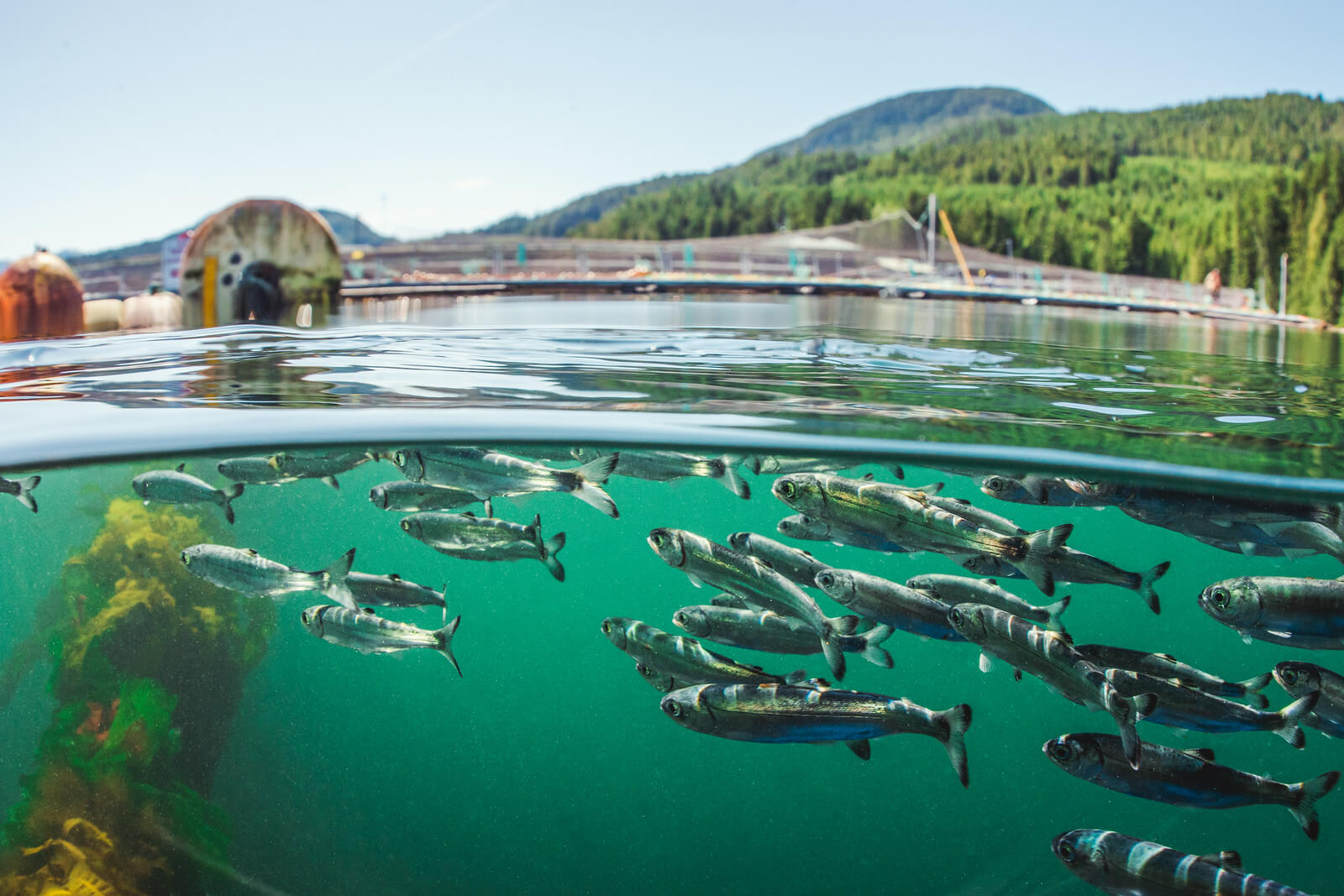

Meanwhile, Back in Alberta
Alberta’s bull trout is a poster child of a freshwater fish species in decline.
Multiple factors are causing the drop. First, it is a prized fish for anglers, so there is a lot of poaching (illegal fishing).
Second, Bull trout are very attracted to baits and lures, so they are much more vulnerable to capture and overfishing than other species.
Third, the fish rely on cold, clear-running water for survival, so the ongoing drought and thin mountain snowpacks have hit bull trout hard.
Mining, logging, and oil and gas activities often cause sediment loads in streams that are deadly for bull trout. Runoff from clearcut logging and trail erosion from OHV use impact water quality.
Last spring, Spray Lake Sawmills built a bridge over the upper Highwood River without getting the proper permits, impacting a river that is considered critical for bull trout.
When biologists talk about “death by a thousand cuts,” they’re referring to this kind of slack enforcement of habitat protection that adds to the incremental decline of a species.
Taken alone, one local impact seems small. But when added to hundreds of others, every cut matters.
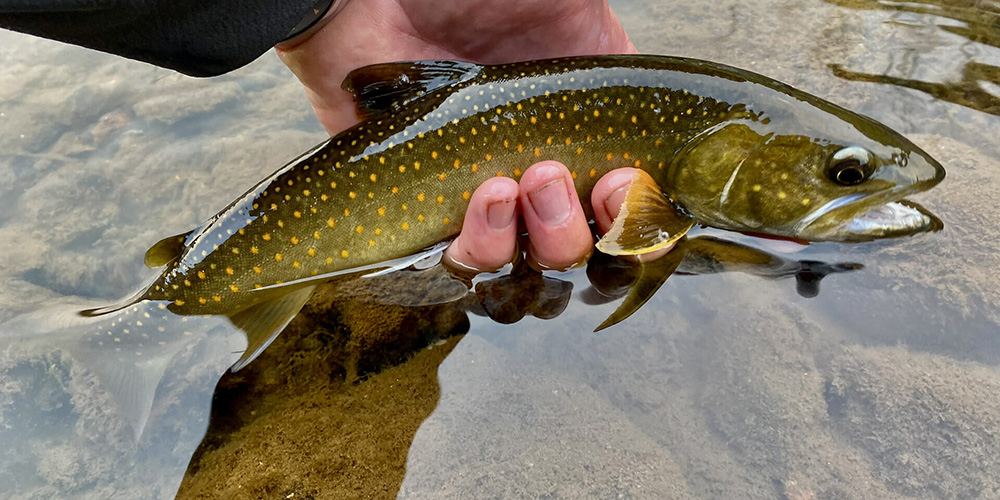

What Can You Do?
Just as many minor negative impacts can build to cause a crisis, many small positive impacts can build to create solutions.
You may feel hopeless, but you can help.
Specifically for salmon, the answer is simple: vote with your shopping cart. Refuse to buy any farmed salmon.
If you do buy salmon, buy only wild-harvested, and limit the amount of salmon you consume.
To get your healthy Omega 3’s, eat sardines instead, which have sustainable populations, are wild caught and can be harvested with little ‘bycatch’ of other species.
For bull trout, if you are an angler, learn to identify the fish. Many times, bull trout are mistaken for another trout species and are caught by mistake.
Equally important is avoiding activities that negatively affect fish habitat, especially those that cause silt to enter rivers and streams.
Ensure that you have proper permits and authorizations in place before starting any work that may affect bull trout habitat or populations.
And because so much of the decline of species has been linked to the changing climate, take steps to reduce your carbon footprint.
As Dr. Grethel Aguilar, IUCN Director General, said, “Species declines are an example of the havoc being wreaked by climate change, which we have the power to stop with urgent, ambitious action to keep warming below 1.5 degrees Celsius.”
Rather than wait passively for our government to take the lead, we can do what Albertans do best and grab the ‘bull by the horns’ and “get ‘er done.”
Then maybe one day, when we are old, we can say, “I remember when this river was empty fish, but now look at it!”
